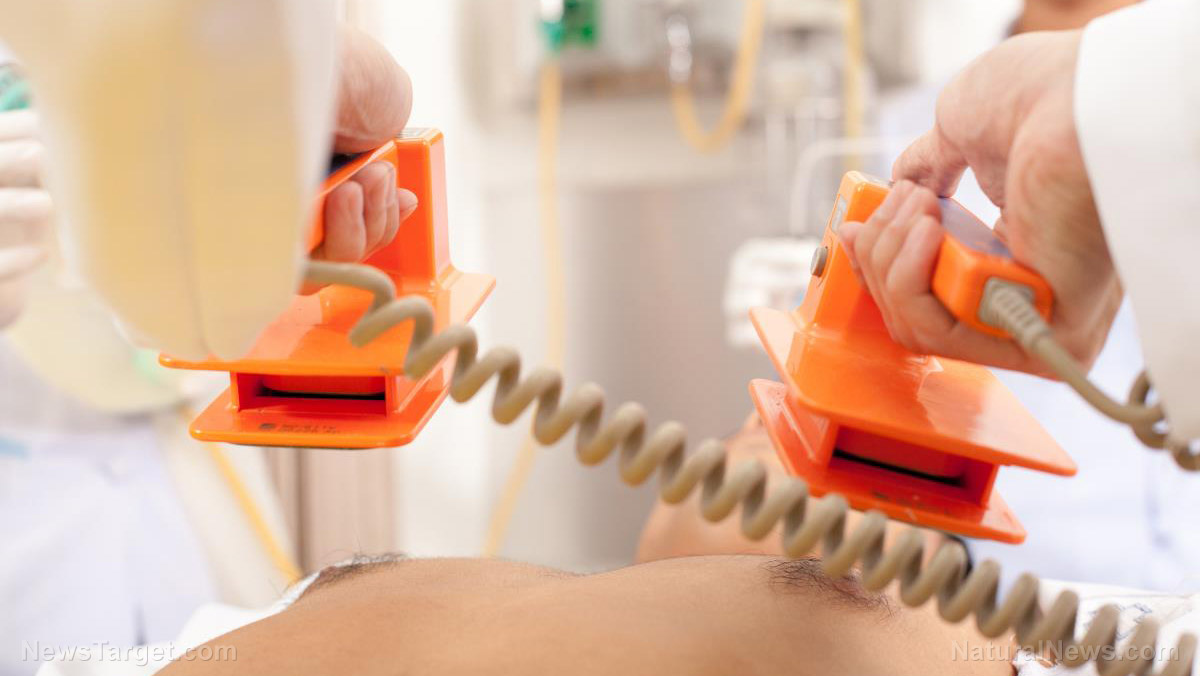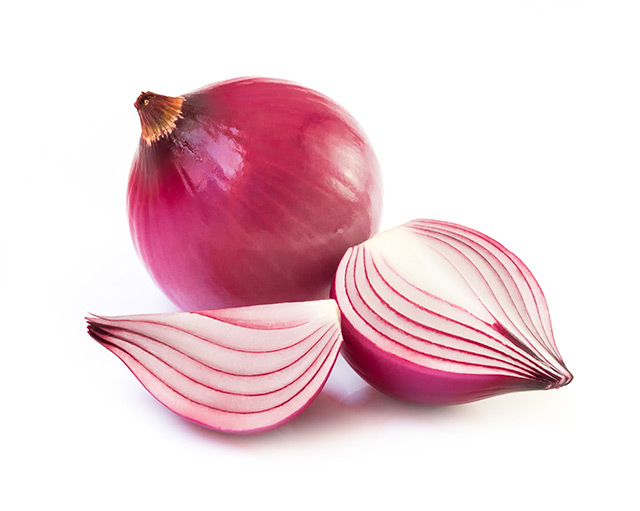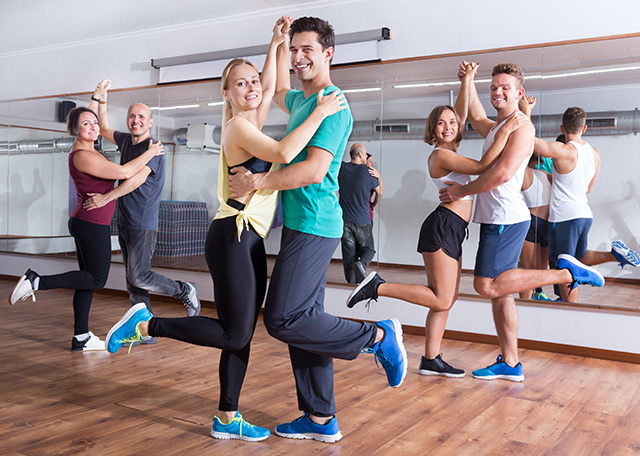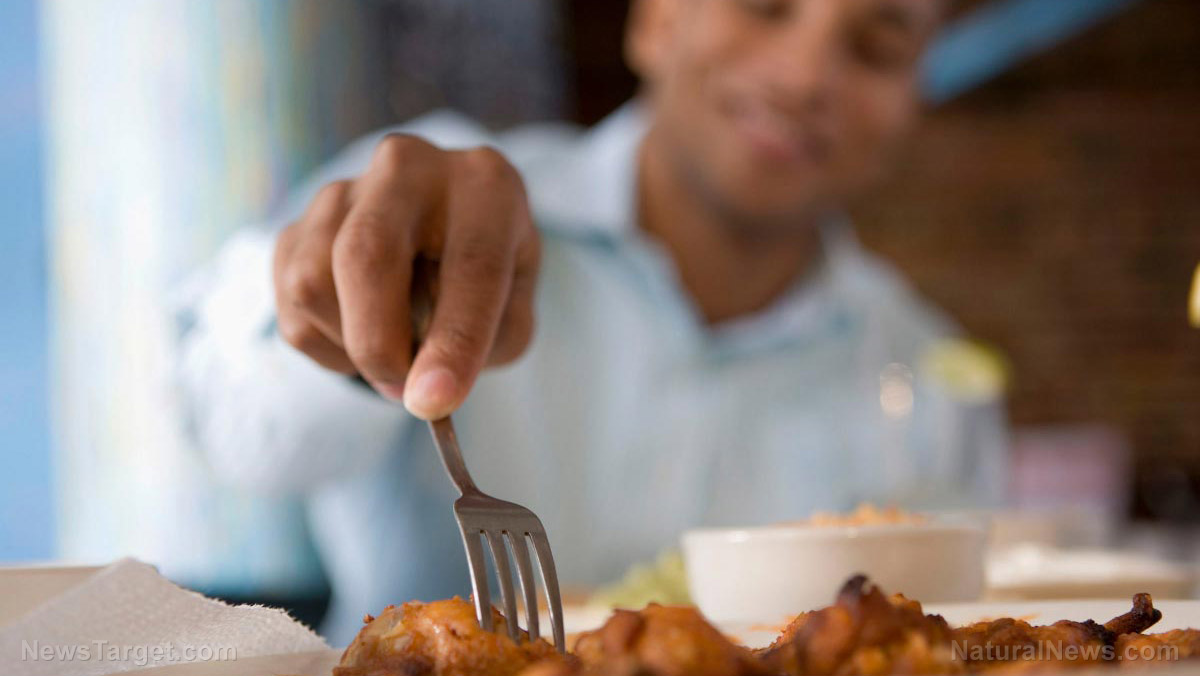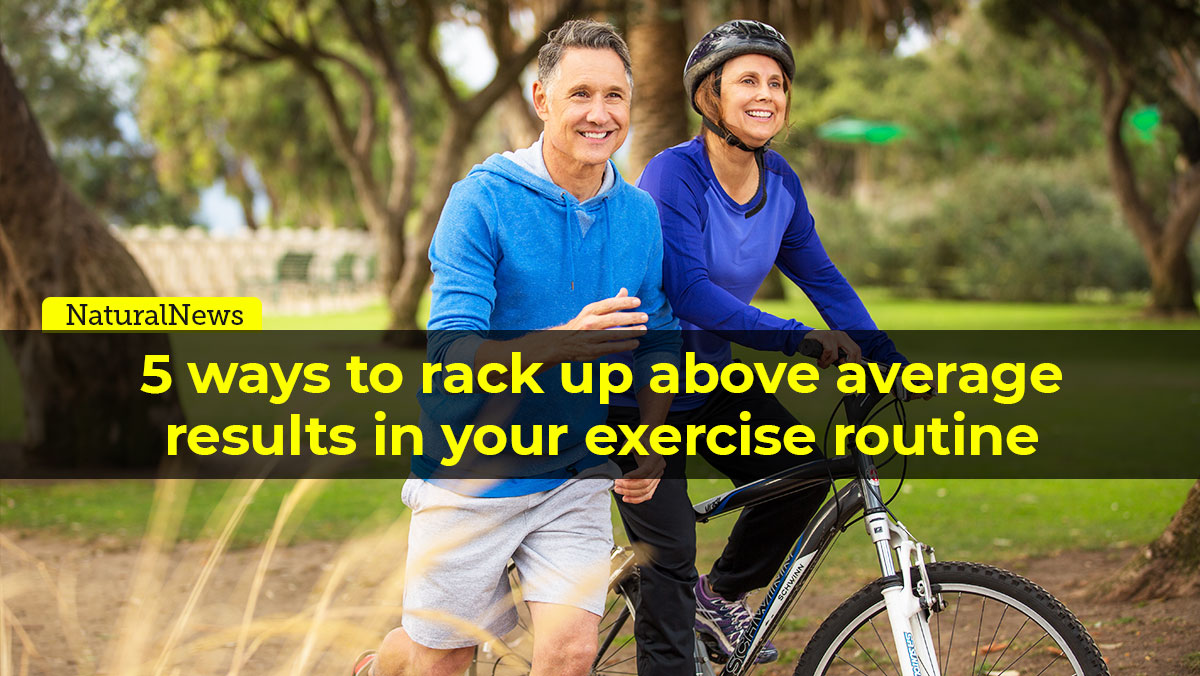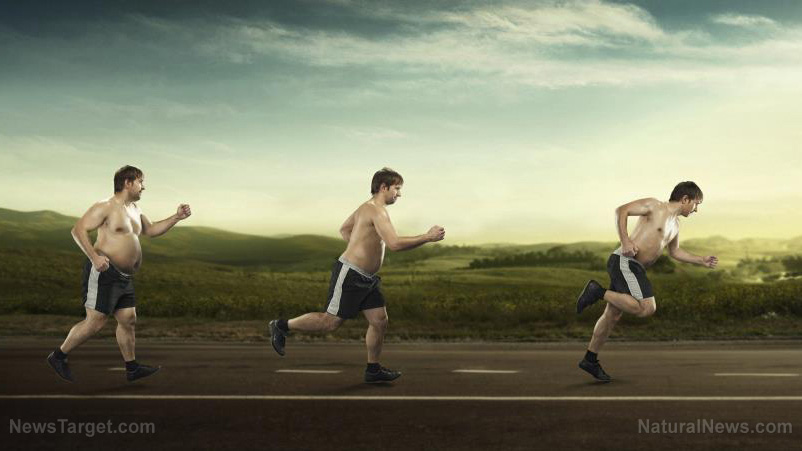If you cut your calories below your body’s resting metabolic rate, “the body gets very unhappy,” says Morgan Johnson, a cycling and triathlon coach with PlayTri in McKinney, Texas. If you’re not eating enough calories to function properly, your body will attempt to conserve what resources it is getting, and your metabolism slows.
“This is something I especially see with women,” adds Sullivan.
Ideally, a dieter should know their resting metabolic rate, or RMR. You can use free online calculators (like this one from Bodybuilding.com) to get a very basic estimation, or you can have a test done to determine your exact rate. Johnson says most gyms can do this testing for you.
Even if you don’t know your RMR, the signs you’re not getting enough high-quality calories are obvious.
“When people complain that they are tired all the time, or they get sick a lot, those are both indicators that they may not be taking in enough calories,” says Sullivan.
Creating a calorie deficit alone won’t help if you’re on an all-chip diet. For years, dietitians preached that a calorie was a calorie was a calorie. But it turns out that may not be totally accurate. A 2011 study in the New England Journal of Medicine found that people who ate a lot of starchy or sugary foods—like soda and potatoes—gained more weight over time than those who didn’t, even when controlling for total daily calorie intake.
“Five hundred calories of cake are not processed the same way as five hundred calories of healthy food,” says Johnson.
Starches and sugar are converted to fat quickly—especially if you’re not exercising much. You need to make sure the vast majority of your calories are coming from lean protein, fresh veggies and good fats, says Johnson.
Riding the Same Workout Every Day
Sure, any exercise is better than no exercise. However, over time, your body adapts to whatever workout you’ve been doing. As you become more efficient, you burn fewer calories. So, the 15-mile ride that helped you lose your first five pounds probably won’t help you lose your last five.
“If you’re riding at the same effort level all the time, your body isn’t having to adapt,” says Sullivan. She recommends athletes add in at least one day of speed work a week. These intervals will challenge you to work harder—thus burning more calories. There’s a growing body of evidence that high-intensity interval training can burn calories long after the workout is over, too. This is thanks to something called excess post-exercise oxygen consumption, or EPOC. When you push your body to its absolute limits, you continue to use more oxygen—and thus burn more calories—for hours after you’ve stopped sweating. A 2012 study published in the International Journal of Obesity found that young women who did high-intensity interval training lost more fat mass than those who burned a similar number of calories during steady-state exercise.
Many people overestimate how many calories they burn in a given exercise session. But burning less isn’t necessarily what gets you in trouble—it’s using those incorrect numbers as an excuse to eat more. “You quickly make up for the calories burned while also choosing foods that are more likely to lead to weight gain,” warns Marie Spano, RD, who works extensively with athletes. If you use a hard ride to justify eating a few extra slices of pizza, you may end up actually taking in more calories than if you’d just taken the night off from riding and had a salad for dinner.
Of course, exercise has tons of benefits beyond weight loss. So you should definitely go out and do that ride. But don’t think you can eat whatever you want afterwards. (Use this calorie-burn calculator to get a better idea of your true energy expenditure.)
Eating well and working out are huge elements of wellness. But other things (like proper hydration and quality sleep) matter, too, if not just as much.
Dehydration can slow fat metabolism, says Johnson, adding that she recommends women drink at least 100 ounces of water and men drink 130 ounces daily, with more as needed to make up for sweaty workouts.


